As the borders of the skies gradually open, it's finally worth travelling beyond the usual routes. To Transcaucasia, for instance, a corridor with geomorphologically unique features: west and east, it is enclosed by the two largest seas in the world (the Black Sea and the Caspian Sea, the latter technically a lake); north and south, there are two gigantic mountain chains (Caucasus and the chain whose most important peak is the legendary Ararat).
Much more than a transitory land of passage between Russia and Turkey, Moscow and Teheran, the west and the ex-soviet republics, this magnetic region is a large plot worth a few weeks of visit. It is made of 3 countries that you can't really tell if it's best to consider as Europe or Asia: Georgia, Armenia and Azerbaijan. The first is mostly Orthodox, the second Christian, the third Muslim. A summary of world and civilizations.
After visiting Georgia – the cradle of wine, as we said – we went to Armenia. Slightly larger than Piedmont and Valle d'Aosta put together, with less than 3 million inhabitants, of the three Transcaucasian countries this is the only one that has no access to the sea. But it reaches 4090 metres with Aragats and at 1900 there's the scenic Lake Sevan, the second tallest freshwater basin in the world (the first is Lake Titicaca, on the border between Peru and Bolivia).
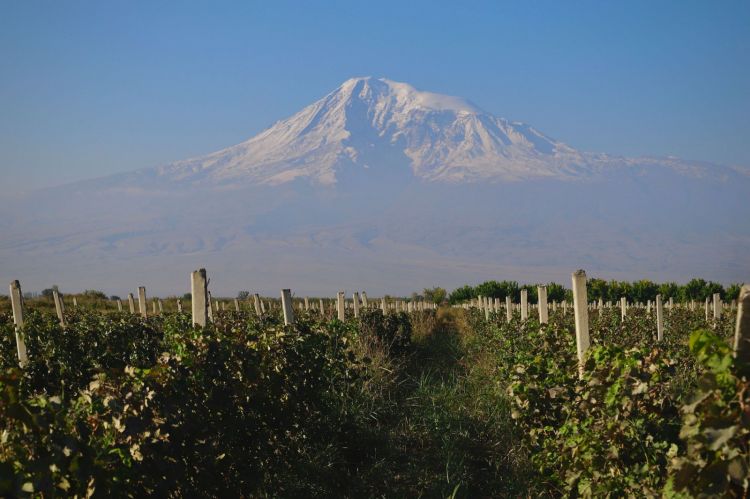
His majesty Mount Ararat, which is in fact right after the border between Armenia and Turkey. Trivia fact: the border is guarded by Russian soldiers
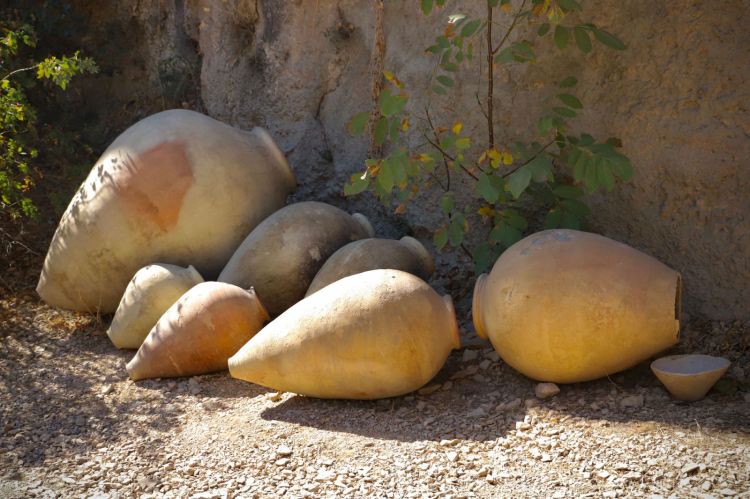
Amphorae, an emblem of Armenian and Georgian wine
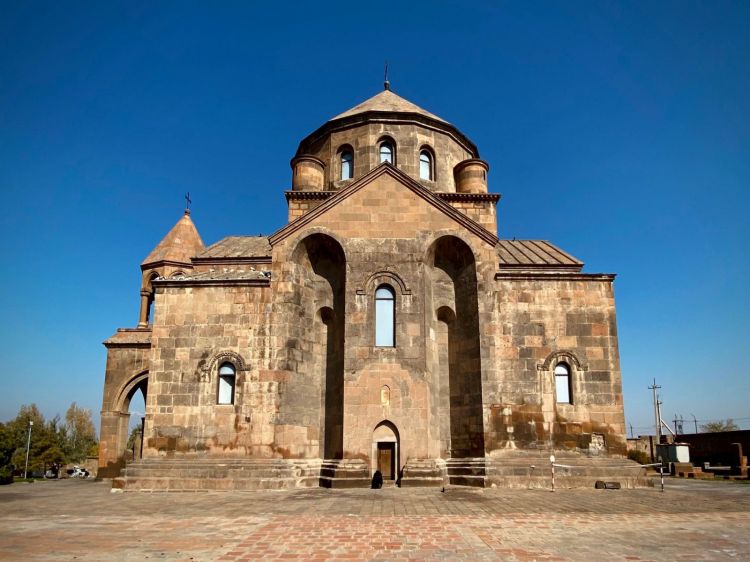
Echmiadzin Cathedral, in the western suburbs of Yerevan: the original layout is from 301 A.C. It's in the UNESCO World Heritage list
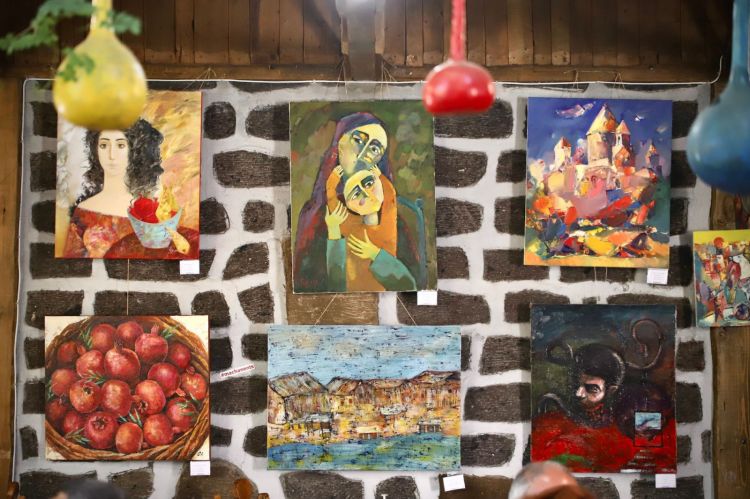
Drawings at the Machanents House. Armenian art is strongly tied to its Christian tradition
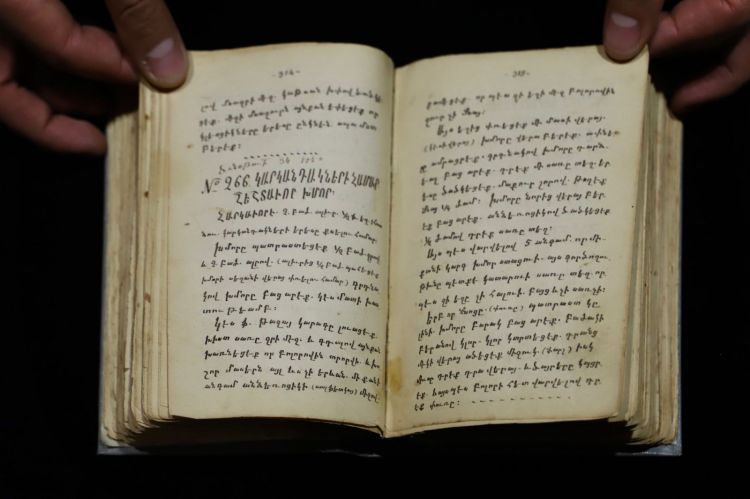
Manuscripts in ancient Armenian kept at Matenadaran, the library with over 17 thousand books and 300 thousand manuscripts
Contrary to what is commonly believed and to the souvenirs that can be found here and there, the famous massif of Mount Ararat (5137 metres) is not part of Armenia: the massif on which Noah's Ark is said to have stranded is entirely on Turkish soil (the border between Armenia and Turkey is guarded by the Russian army). But it's the fertile valley of Ararat, on this side of Turkey, that gives life to most of the fabulous fruits and vegetables produced in the country. Nothing to envy to Mediterranean vegetables: the Armenian microclimate is surprisingly similar to ours, which leads us to visit the country in the same seasons when foreigners would visit Italy.
Please put aside any misconception: travelling around Armenia is cheap and safe, just like driving across the all-day lively streets of the capital Erevan (or Yerevan), a small architectural jewel featuring the styles of the people who have invaded it over the millennia: Romans, Persians and Russians/Soviets above all. Stratifications that also give an idea of the troubles of a population that has been historical victim of the greed of the neighbouring superpowers: not only the tragic genocide executed by the Turks
after World War I but also the not very delicate treatment received by Georgian
Iosif Stalin after Armenia was annexed to the Soviet Union, from 1936 to 1991, the year of the coveted independence. Not to mention the still not idyllic relationship with Azerbaijan, still tense given the recent contention over the region of Nagorno-Karabakh. And the earthquakes that from time to time strike this high-risk seismic region.
But the bad news are immediately swept away by the breeze brushing these lands walked by welcoming and generous people, women and men who are always smiling, and make every effort to help travellers and immerse them in the almost-unknown marvels of this country: canyons, caves, scenic plateaux with cave paintings, peaceful lakes and an endless network of ancient monasteries placed in locations capable of stirring mistic emotions even in the most obstinate agnostic. Beauties that are a consequence of the first country in the world to accept Christianism as its official religion. Armenian singer
Charles Aznavour (born
Chahnourh Varinag Aznavourian) a son of the diaspora, once said this is the strength of a country that "despite all its troubles will be the last to disappear from earth".
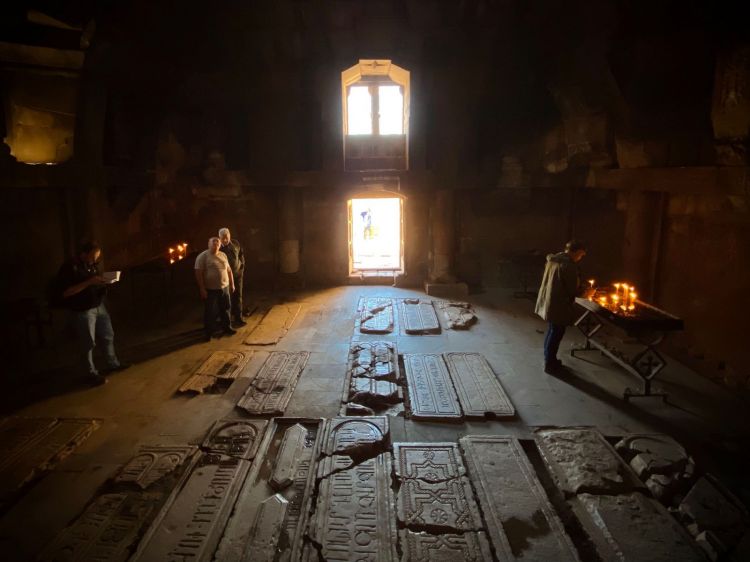
Ancient inscriptions in the monastery of Noravank
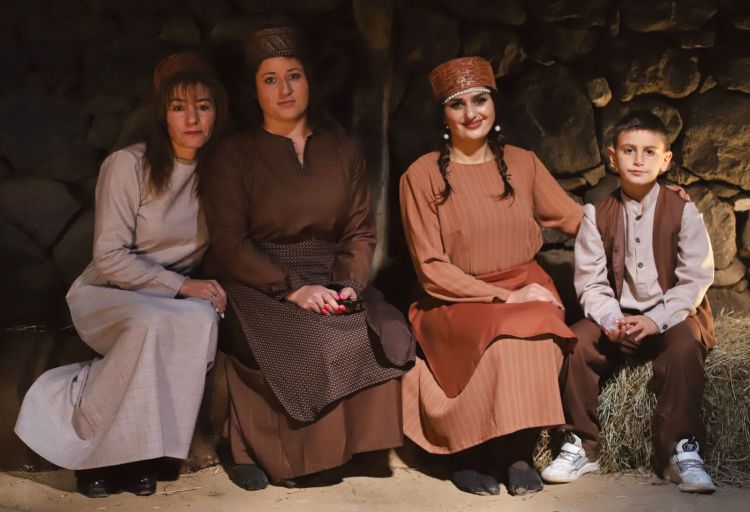
Tsaghkunk, a family dressed traditionally
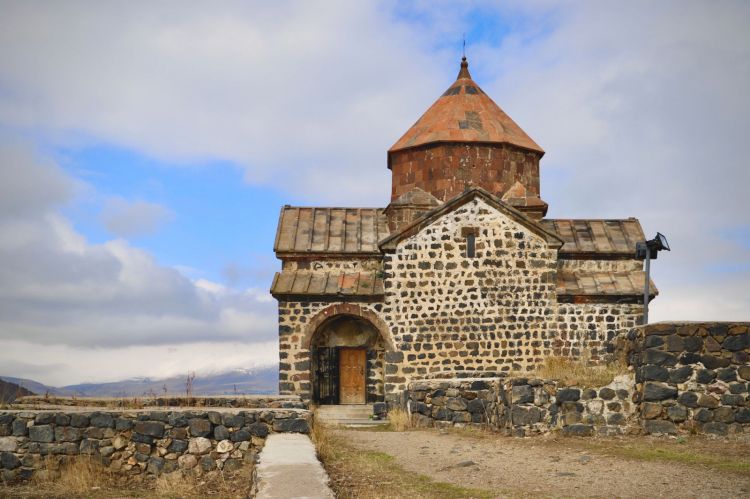
Sevanavank, the majestic building from 1874 above lake Sevan, east of Yerevan. They first began to build it in 874, as an order of princess Mariam, daughter of Ashot, the king who reigned in the so-called "second golden age of Armenia", at the end of the first millennium
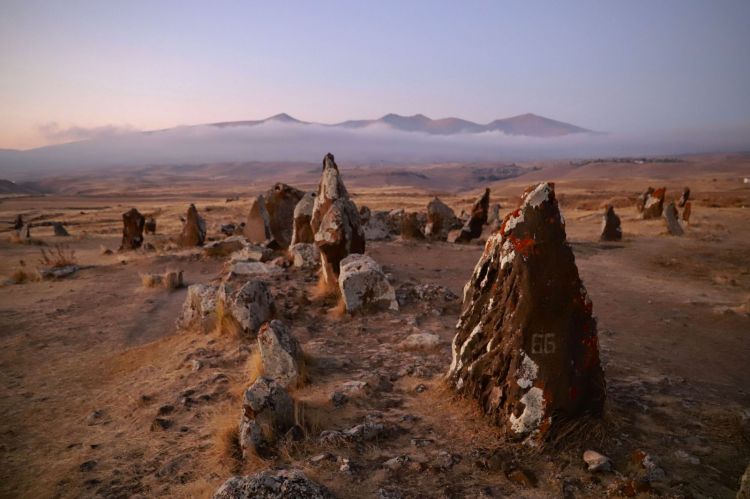
Zorats Karer, the so-called Stonehenge of Armenia. It's an imposing astronomic observatory made of 223 megaliths, built in the Bronze age on a plateau at 1770 metres. The landscape and the light are so intense it's like you're on another planet

The monastery of Tatev, built in the 9th Century in south-east Armenia. You can get there with the longest cable car in the world
It will be supported by tourism, this was the dream of the minister of Economics
Vahan Kerobyan as he mentioned some interesting pre- and post-covid data: «In 2019 Georgia welcomed 10 million tourists; we welcomed 1.9 million. In 2020 we both lost 80% of our visitors. In 2021 we reached -30% compared to two years ago. In 2022 we want to go back to the levels of 2019. To do so, the high-speed railway we're building between Tbilisi [the capital of Georgia] and Yerevan will be very important: while today it takes around 5 hours by car, it will take half the time by train». The partnership with the Georgians is strategic and necessary. Before that, it's important to give value to the huge and still quiet wine and food national heritage. A topic we will cover in the second part of this feature.
1. To be continued
Translated into English by Slawka G. Scarso